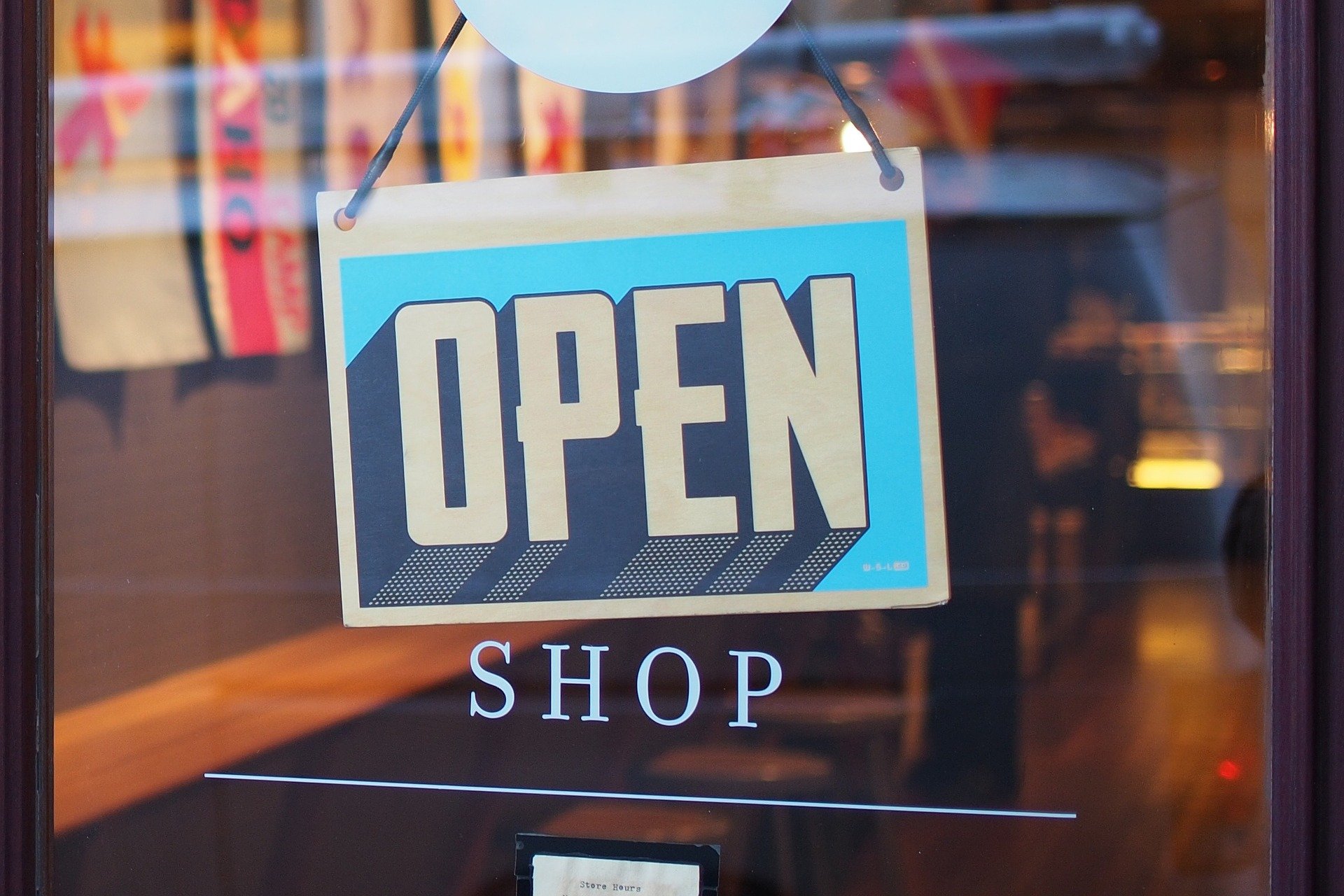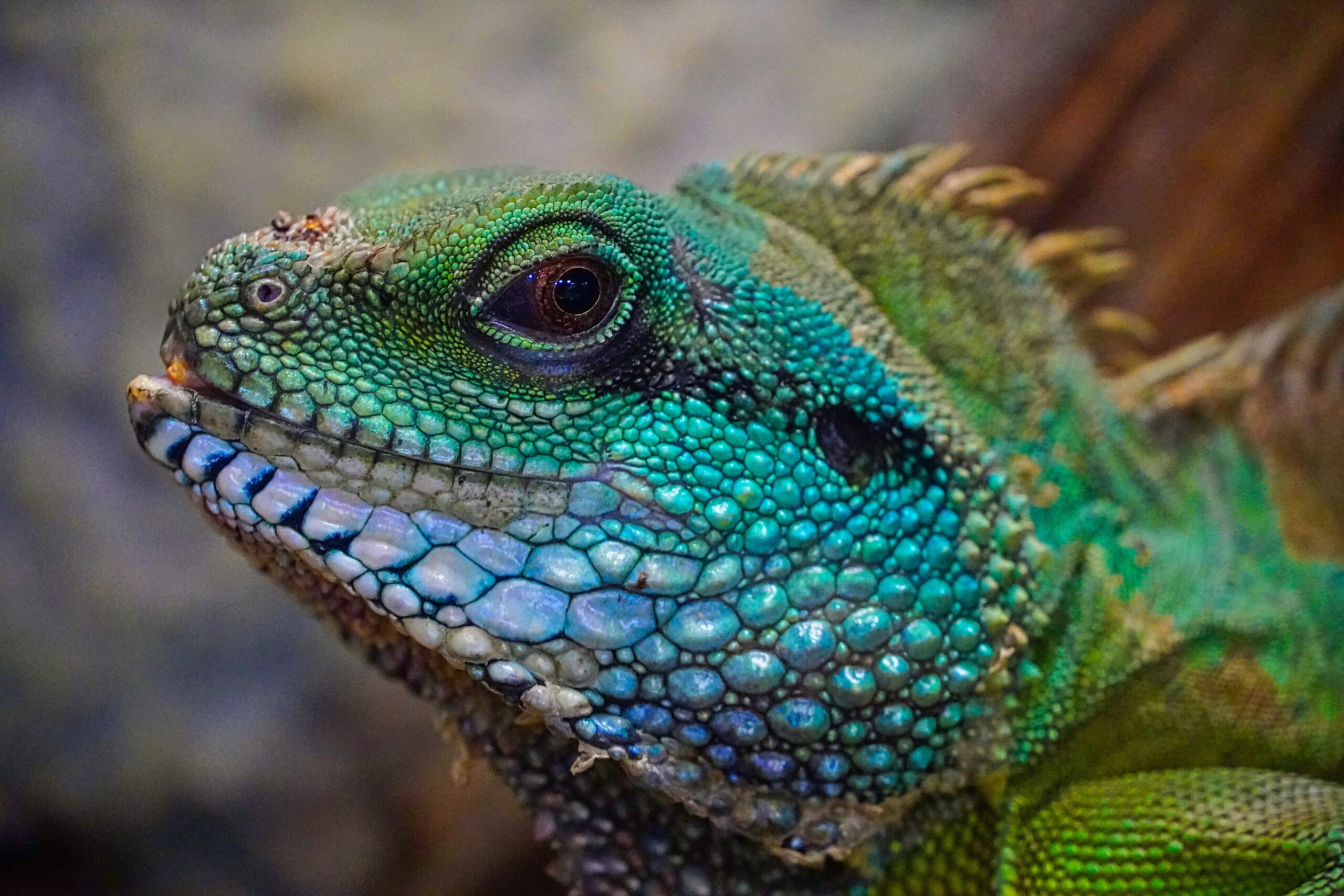Painful stories happen to all of us. A marriage or relationship goes sour. A job…

Joy and fulfillment are not for sale
I recently made a big mistake: Going shopping at TJ Maxx on a Saturday afternoon. After months of relying on delivery for the bulk of my shopping needs, and brazened by vaccination, I thought it could be fun. What a culture shock. The bustling throngs of people, the glaring overhead lights, the pounding music and whining children, the scents of plastic and perfume and who knows what else. I wondered how I ever found this to be a pleasurable experience. Driving home, anxiously weaving through crazy traffic, I had the aha moment: These pleasure-seeking activities deliver no pleasure at all. They only distract us from sources of authentic pleasure—the things money can’t buy. No matter how much money we have, joy and fulfillment are not for sale.
The Dynasty decade
Yes, shopping as well as drinking, eating, smoking and many other activities deliver a real jolt of excitement, exhilaration, and release from whatever stresses us. But we all know it’s temporary.
Reflecting on this in my journal, I thought about how consumerism weaseled its way into my childhood conditioning. As a teen in the 70s, the mall was the place to be. My mom worked at Penney’s, so my sister and I often hitched a ride, babysitting money in hand and ready to shop. While mom earned, we spent.
In the 80s, malls got bigger and bigger—like hairstyles, shoulder pads, and designer brands. The Dynasty decade was all about living the American dream or at least looking like we were. In the pursuit of happiness, we climbed the ladder of success so we could make more and more money and buy more and more stuff. Then, just maybe, we’d be as happy as the Carringtons. (What?!)
Of course, this was all before yoga, mindfulness, and meditation entered mainstream America. We didn’t even have Google or YouTube to explore them. Even Madonna hadn’t discovered Ashtanga yoga yet.
Even the Beatles couldn’t buy it
I first heard about Eastern concepts through the Beatles. After reaching the pinnacle of external success, they turned inward in search of something more meaningful. They knew money can’t buy you love—or joy or fulfillment.
The Fab Four, led by George’s spiritual quest, traveled halfway around the globe to seek the wisdom of an Indian guru. They famously experimented with Transcendental Meditation, yoga, and yes, mind-altering drugs. (Today, these are all being used to treat PTSD.)
Unfortunately, instead of being embraced as enthusiastically as their music, the government targeted them as subversives. They associated these ancient practices with the hippie ‘counterculture’ because they challenged American traditions, like competition, consumerism, and the war machine.
Namaste?
When you know better, do better
A tipping point came in the 90s. Yoga and meditation entered the mainstream with the help of people like Oprah, who introduced Deepak Chopra to millions of Americans. Their free 21-day meditation program, introduced in 2013, pushed it even further into our collective consciousness. (The most recent one, Getting Unstuck, is one of my favorites.)
I sometimes regret the years that I bought into the saying, ‘shopping is my cardio.’ But as Oprah says, when you know better, you do better. Plus, it’s not that shopping or any other ‘guilty pleasure’ are bad. It comes down to our intention behind them. If we’re trying to fill an empty void or soothe our pain with more things or food or alcohol, we end up feeling worse. On the other hand, when we choose and buy with intention, we can make our lives better.
For example, I still shop, but I take a moment to ask why before I buy. Will it really bring me pleasure, like a new journal or bag of coffee beans? Will it bring me connection, like lunch with a friend? Will it enhance my wellness, like a pair of walking shoes? Will it create comfort, like cozy pajamas or sheets?
Who’s happy now?
Living on a steady diet of keeping up with the Joneses, or the Carringtons, it’s no wonder the U.S. ranked in the top three worldwide for depression, anxiety, and alcohol/drug abuse — even before the pandemic. On the other end of the spectrum, Denmark ranks as #2 in the top ten list of the happiest countries in the world. (The U.S. doesn’t make the list.)
Oh, but they pay such incredibly high taxes! How could they possibly be happy about that?
Interestingly, the Danes also spend each winter in a sort of ‘self-quarantine’ to shield themselves from the country’s brutal weather. Instead of resisting something they can’t control, they’ve spun it into a silver lining called hygge. It’s a practice of turning your home into a haven of total comfort and joy—from cozy blankets and candles to soothing foods and books—then hibernating like a family of bears until spring.
In fact, hyggebukser is the name for “pair of pants you’d never be caught dead wearing in public, but practically live in when you’re at home.”
Sound familiar?
Masking difficult emotions
As the world reopens, we’re all looking forward to seeing smiles rather than masks. But remember, a smile doesn’t necessarily mean someone is happy. Lots of people mask their anxiety, depression, grief, and other feelings because they don’t feel safe enough to share them. And even when things are going okay, the highly sensitive people and empaths of the world can struggle to cope with things others don’t even notice. So, while quarantining at home may have felt like prison to some, it felt like hygge for others.
If you’re a little anxious about re-entry into ‘normal society,’ do yourself a favor and take it slow. The return can be jarring, like my shopping experience. Here are some other great tips for self-care—like practicing mindfulness, yoga, and meditation. Again, George and the band were ahead of their time.
Joy and fulfillment are not for sale
Mindfulness practices also help us connect to what really brings us joy and fulfillment. For me, it’s quiet early mornings when I brew a cup of coffee while chatting with the cat. Then writing in my journal while the sun inches up and realizing I still have time to meditate, walk, or read before the workday begins.
What a stark—and welcome—contrast to the hour-and-a-half ‘rush hour’ that was my twice a day commute for years. Or a Saturday at TJ Maxx.
Also, let’s not be so quick to go back to normal, especially if that means masking our true selves to survive the rat race. We need more sensitivity, authenticity, and genuine empathy in the world. HSPs and empaths may be in the minority, but if four lads from Liverpool and a black girl from Mississippi can rock the culture, we can, too.
Want more Good Vibrations?
I’m a holistic life coach who specializes in expressive writing to nurture healing, insight, and creativity. Check out more inspirational articles at my blog, Good Vibrations. For more information about life coaching, visit my website at www.manifestwithmargrita.com. If you have a question or topic you’d like me to write about here, or would like to join my Good Vibrations email community, email me at CoachMargrita@gmail.com. And follow me on Instagram, Facebook, and LinkedIn!



